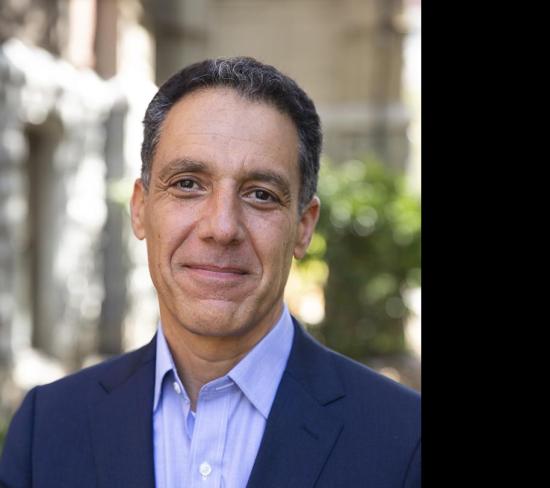From The New York Times
Denim, as a Crime-Solving Tool, Has Holes
By Amos Zeeberg
In 1997, Charles Barbee and three co-defendants were convicted of robbing two banks in Spokane, Wash., and setting off bombs in the office of a local newspaper and a Planned Parenthood clinic.
One key piece of evidence from the trial was a security-camera photo that showed an alternating dark-and-light pattern along a seam of one of the robber’s bluejeans. Richard Vorder Bruegge, an F.B.I. forensic scientist, told the jury that the visual features of the jeans in the photograph, particularly the dark-and-light “bar code” pattern, matched a pair that had been seized from the house of one of the suspects: Charles Barbee.
The next year, Dr. Vorder Bruegge published a study on the Barbee case in the Journal of Forensic Sciences, which was used to set a legal precedent for how analysis of patterns in photographs could be used as evidence. Analysis of visual elements in photographs, such as facial markings, design features on clothing and jeans bar codes, is used in hundreds of cases a year, F.B.I. officials have said.
But a recent study published in the Proceedings of the National Academy of Sciences raises questions about the trustworthiness of matching jeans by their patterns of wear.
“Even under ideal conditions, trying to get an exact match is difficult,” said Hany Farid, a computer scientist at the University of California, Berkeley, and the senior author of the study. “This technique should be used with extreme caution, if at all.”
Hany Farid is a professor at the UC Berkeley School of Information and EECS. He specializes in digital forensics.










